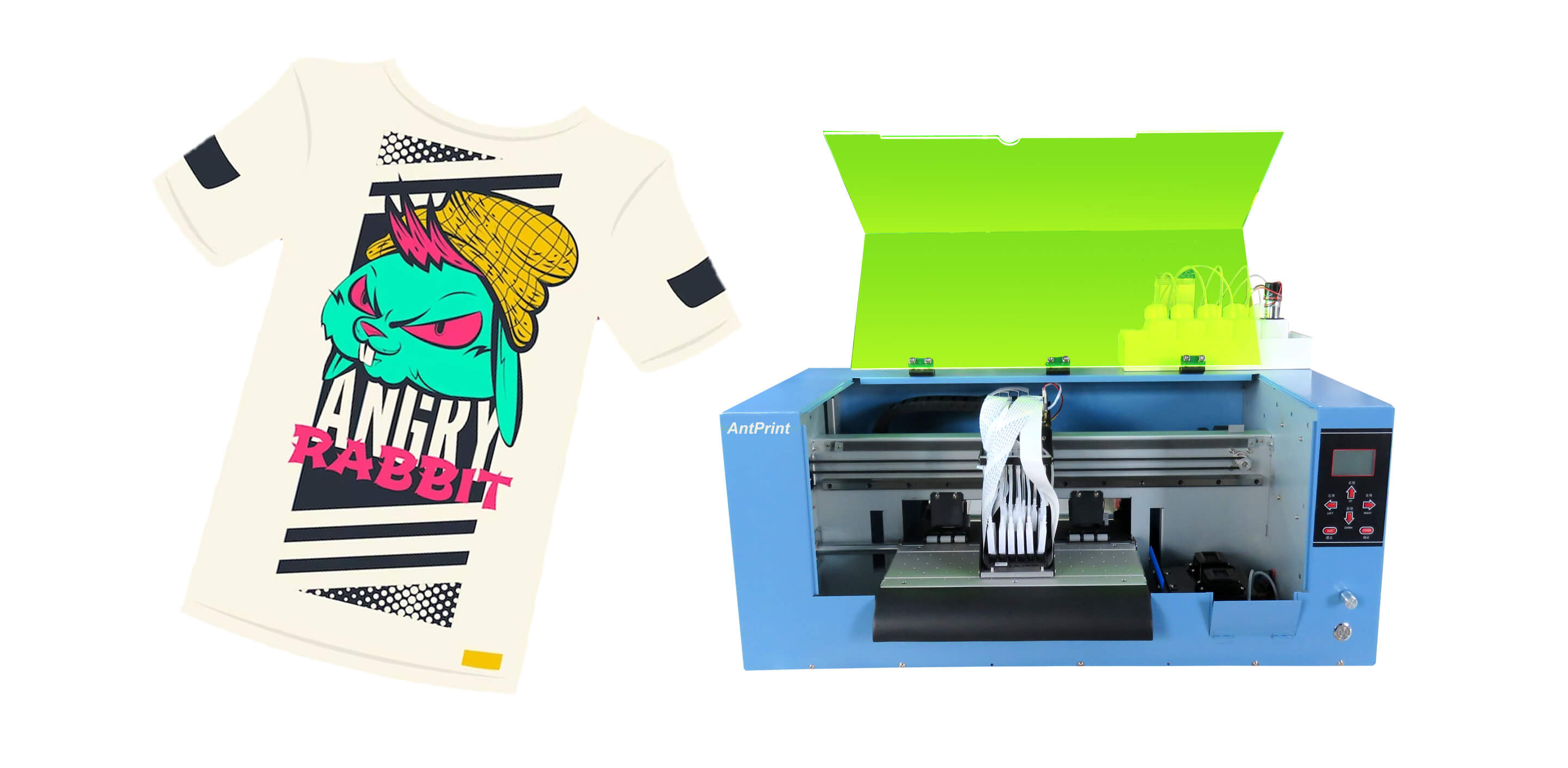There are countless niche opportunities available in print on demand markets.
There are countless niche opportunities available in print on demand markets.
Blog Article
Comprehending How Digital Printing Changes the Printing Industry
The printing market, long soaked in conventional techniques, is going through a radical change with the arrival of digital printing. This ingenious modern technology, which eschews the requirement for publishing plates, allows rapid manufacturing and customization, improving the landscape of print communication. With its possible to stimulate involvement via customized material and to use lasting services, it's clear that digital printing is even more than a technical breakthrough; it's a critical game changer. However just how specifically does it change the sector? Let's check out.
The Advancement of Digital Printing: A Short Introduction
Because its beginning, electronic printing has undergone considerable improvements, constantly revolutionizing the printing market. With the introduction of the 90s, digital printing modern technology began to develop, and the sector observed the intro of direct imaging presses, which removed the requirement for publishing plates. As the brand-new millennium unravelled, improvements in innovation better spurred the development of electronic printing, leading to the development of high-speed inkjet printers.

Unloading the Modern Technology Behind Digital Printing
Digging right into the intricacies of electronic printing technology, one experiences an abundant tapestry of advanced machinery and complicated formulas. At the heart of this process lies an electronic image, which is refined by software that divides it into a grid of dots. This intricate system, reinforced by innovative software program and high-resolution imaging, has changed the landscape of the printing industry, paving the way for unmatched levels of information and precision.

The Advantages of Digital Printing for Businesses
Understanding the modern technology behind electronic printing gives a clear image of its accuracy and detail. Digital printing is environmentally friendly, utilizing much less ink and creating less waste. The complete capacity of electronic printing is recognized when utilized for customization and personalization, a subject that will certainly be covered in deepness in the next section.
The Duty of Digital Printing in Modification and Personalization
While conventional printing methods fight with customization and personalization, electronic printing masters these areas. It permits the very easy modification of designs, without the requirement for costly and time-consuming plate adjustments (print on demand). This makes it possible for services to tailor items to private customers, conference certain needs and enhancing consumer satisfaction
Digital printing likewise permits variable my site data printing, where aspects such as message, graphics, and pictures may be altered from one published piece to the next, without reducing down the printing process. This is especially beneficial for direct advertising and marketing projects, where personalized messaging can substantially boost reaction prices. In this means, digital printing not only reinvents the printing industry but likewise transforms the method businesses interact with their consumers.
Evaluating the Environmental Influence of Digital Printing
Although digital printing has been lauded for its function in modification and customization, it is essential to examine its check that environmental effect. Digital printing can be less inefficient than he said typical approaches, because it operates on a 'print on demand' basis, getting rid of the requirement for big print runs that can cause excess and waste. Additionally, it uses fewer chemicals and produces less volatile organic compounds (VOCs) compared to offset printing. The power usage of digital printers can be high, leading to enhanced carbon footprint. Additionally, making use of non-recyclable printing elements and the difficulty of e-waste administration present considerable environmental issues. Therefore, while electronic printing has lots of advantages, its environmental influence must be diligently taken care of.
Conclusion
In final thought, electronic printing has actually transformed the printing market, supplying rapid, cost-effective, and high-grade services - print on demand. Recognizing these changes is important for organizations to utilize the benefits of digital printing efficiently.
Report this page